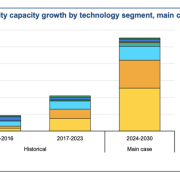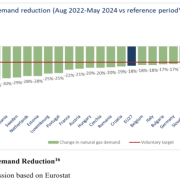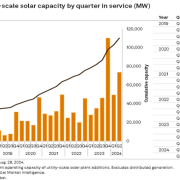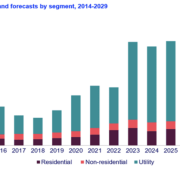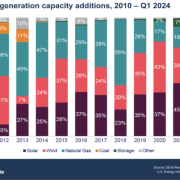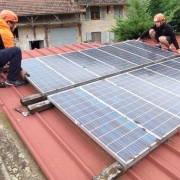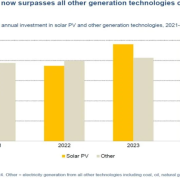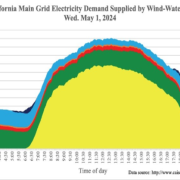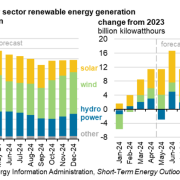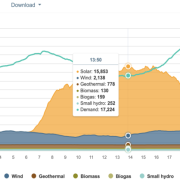The International Energy Agency (IEA) is predicting over 4,000 GW of new solar will be added worldwide by the end of the decade.
The agency’s flagship report, “Renewables 2024,” says the world is set to add more than 5,500 GW of new renewables capacity between 2024 and 2030, to reach a cumulative capacity of almost 11,000 GW.
The prediction indicates solar will account for 80% of renewables growth over the 6-year period. Utility-scale solar will account for the majority of the solar expansion, but distributed applications, encompassing residential, commercial, industrial and off-grid projects, are expected to make up almost 40% of new solar.
Click here to read the full article
Source: PV Magazine
—
If you have any questions or thoughts about the topic, feel free to contact us here or leave a comment below.

